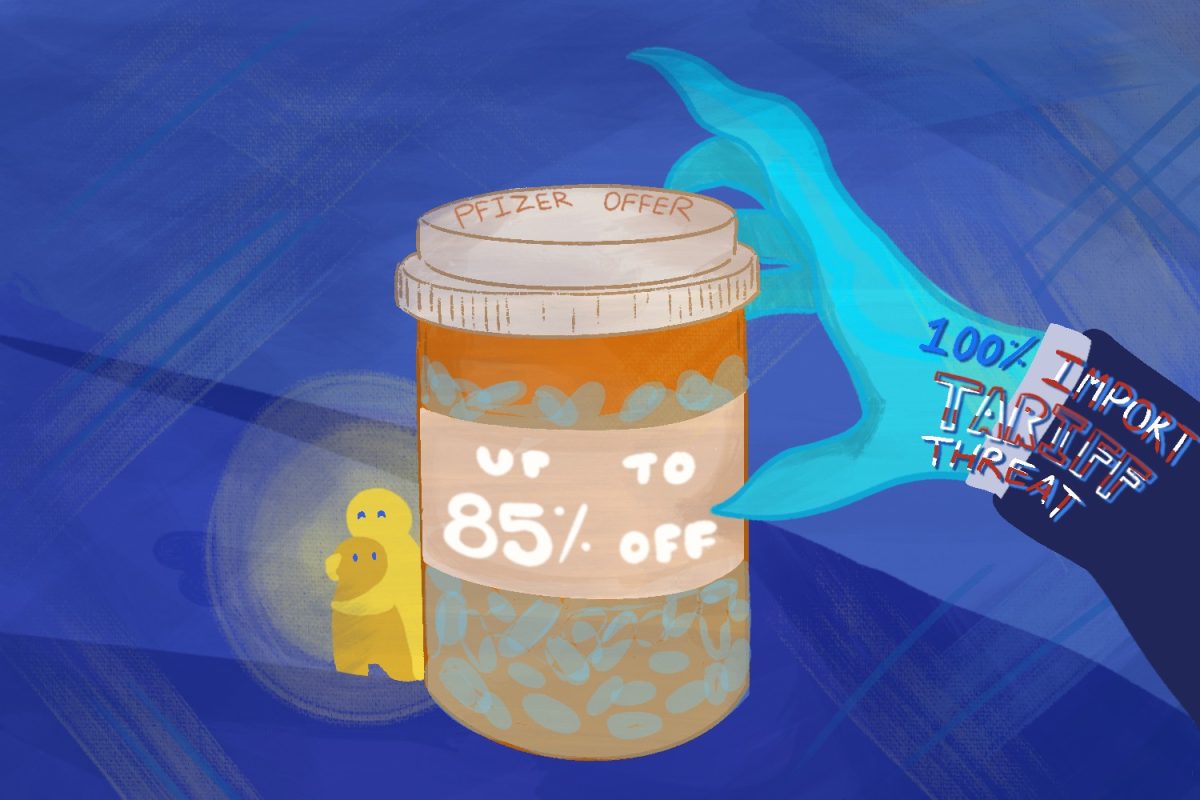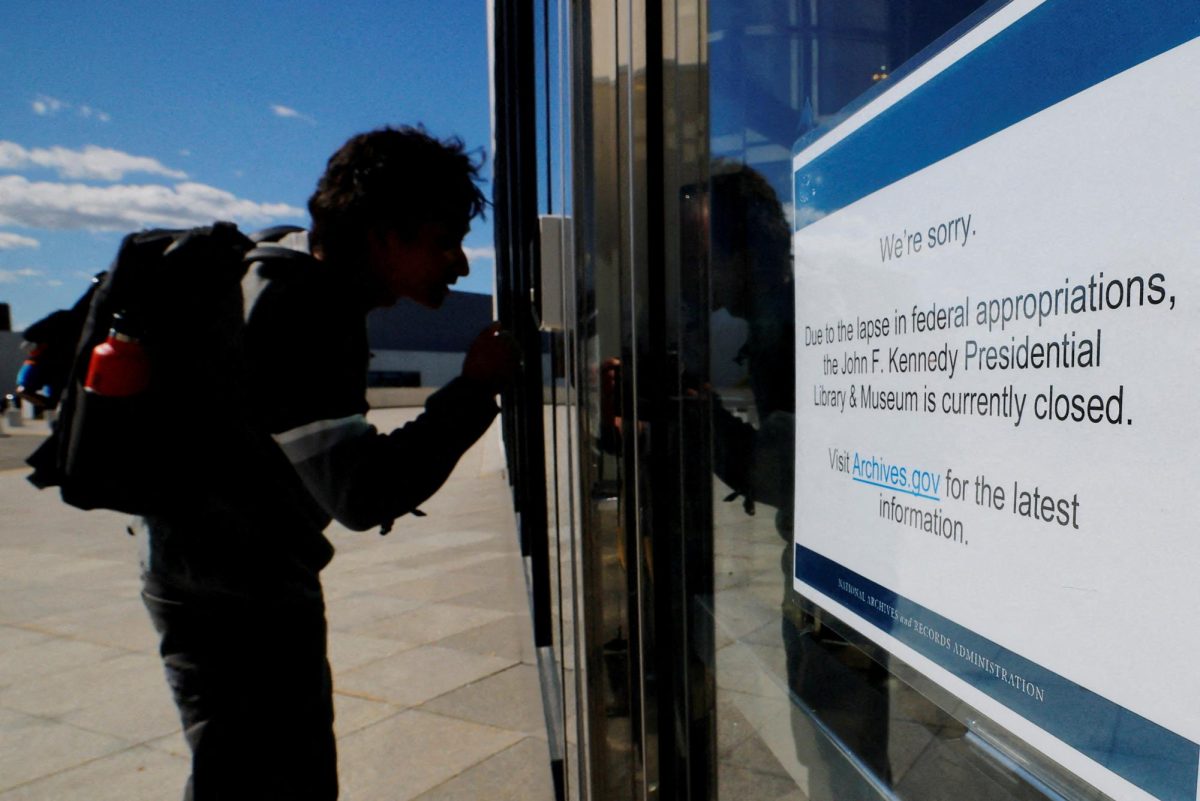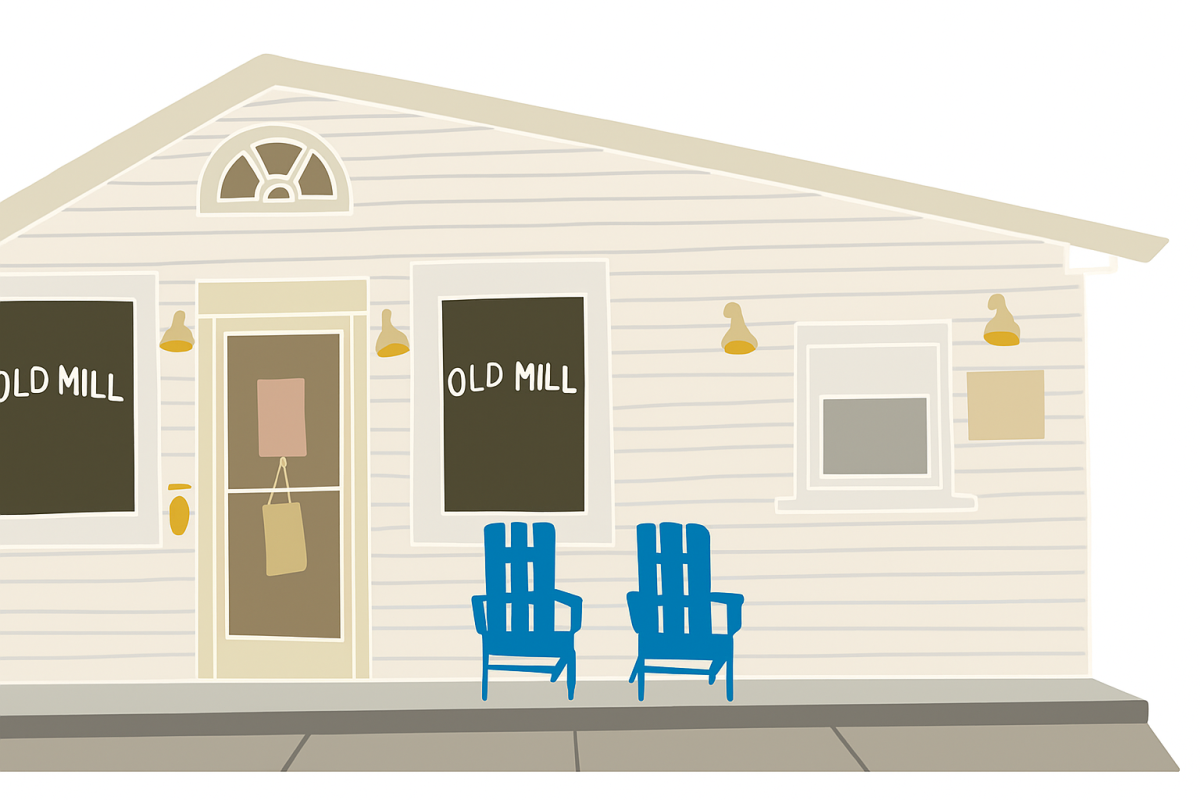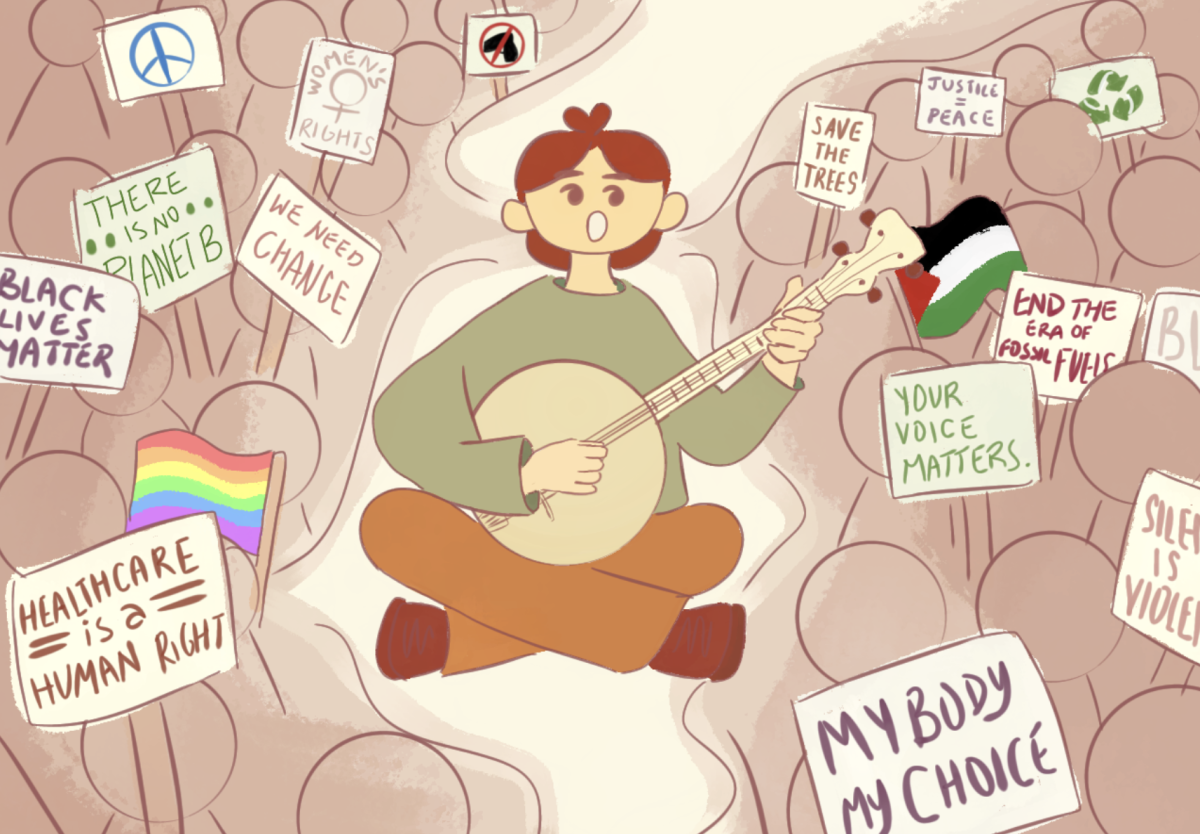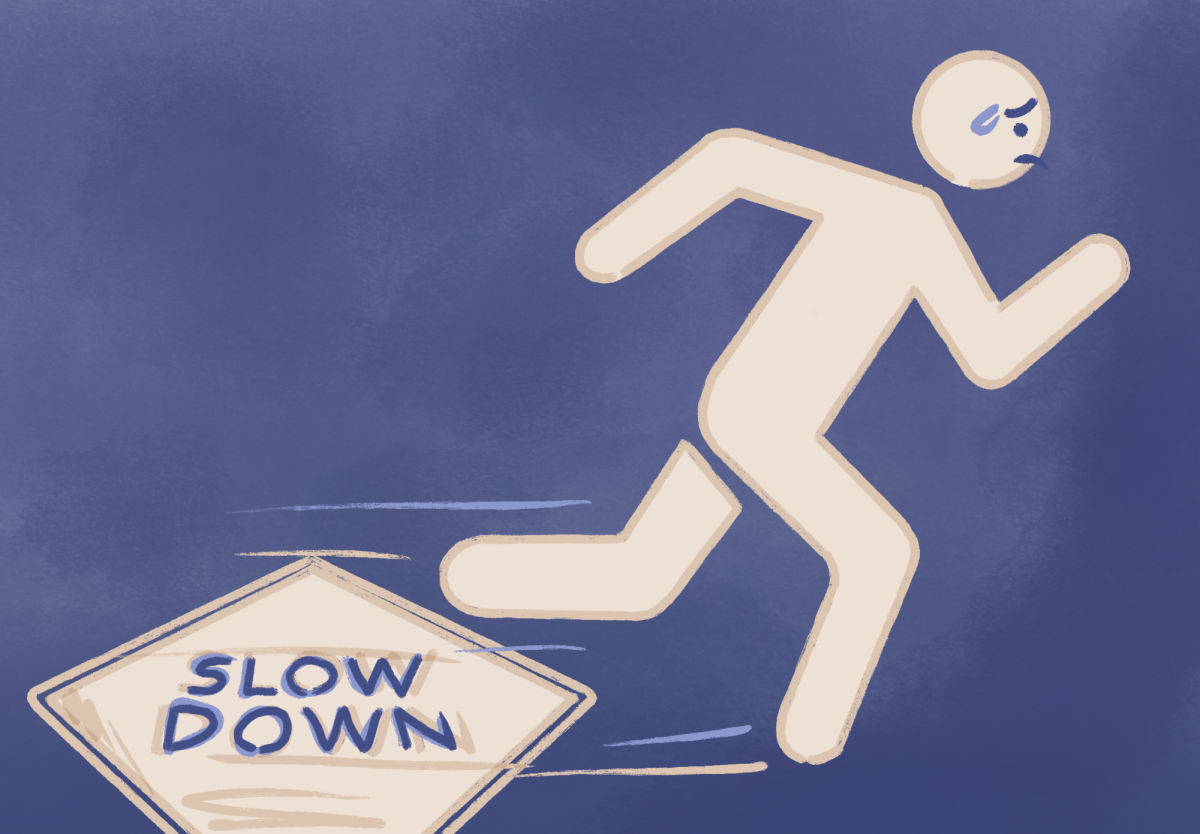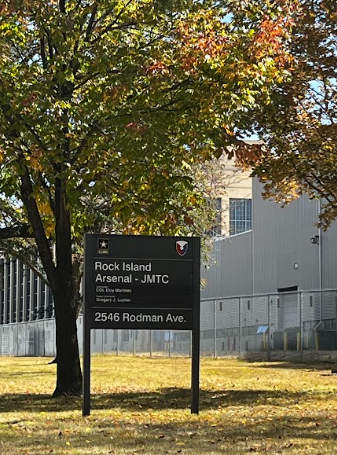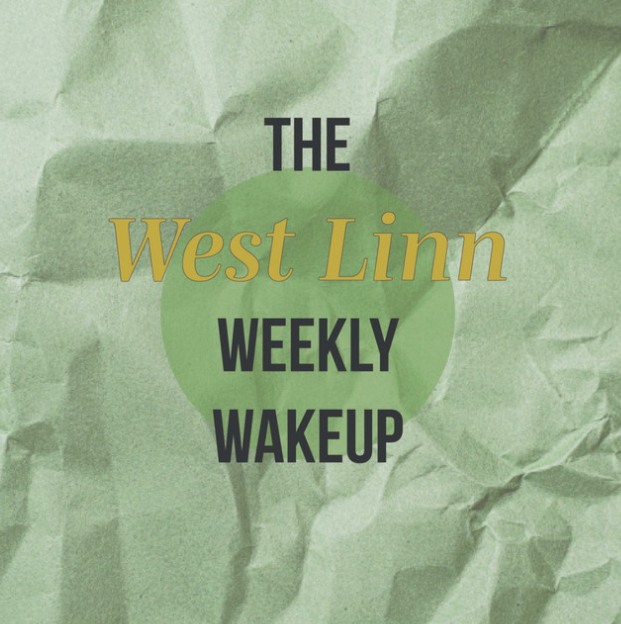President Donald Trump recently postponed a planned 100% tariff on imported pharmaceuticals just as Pfizer rolled out a new Medicaid discount program. Under the deal, Pfizer will avoid the tariffs for three years in return for major price cuts for Medicaid patients, with discounts of up to 85% available through a government-run “TrumpRx” website set to launch in 2026.
U.S. patients currently pay the highest prices for prescription drugs — often almost three times more than people in other developed countries. The Trump administration has been pushing drugmakers to bring prices more in line with international levels. As part of the deal, Pfizer will give its medications to state Medicaid programs at its lowest prices it charges abroad, a practice known as most-favored-nation (MFN) pricing.
Some medications, like the arthritis drug Xeljanz, will see smaller reductions around 40%, while others, such as the osteoporosis treatment Duavee, could drop as much as 85%. Pfizer will also offer its drugs to state Medicaid programs at the lowest prices it charges in other developed countries and has committed an additional $70 billion to U.S. research, development, and manufacturing.
National headlines have focused on the politics of tariffs and drug negotiations, but families in Belmont and beyond could feel the effects directly. Many depend on expensive medications for conditions like asthma, attention-deficit hyperactivity disorder (ADHD), diabetes, or mental health, and it’s still unclear whether these federal policies will significantly lower what patients pay out of pocket. Only those on Medicaid get the full discount, and it may take months for the changes to reach pharmacies.
For students who rely on medication for chronic conditions, even small changes in drug prices can make a difference. Zoe Esguerra, a Carlmont freshman, who manages mild, exercise-induced asthma with daily medication, says having affordable access to her medication is important for staying active and safe.
“My asthma only activates when I exercise, so I usually combat that by taking two puffs from my inhaler 30-45 minutes before I partake in any activities like physical education. Otherwise, really smoky or dusty places can also cause my asthma to flare up, so I just take a puff as needed,” Esguerra said.
Experts are cautious about the deal’s real-world impact. Stacie Dusetzina, a professor of health policy at Vanderbilt University who studies prescription drug pricing and Medicaid policies, is uncertain about how much these discounts would affect patients, especially in California.
“It is hard to tell what impact Pfizer’s agreement will have on Medi-Cal and other Medicaid-insured patients. First, we don’t know how much Medicaid pays for Pfizer’s drugs today, but we expect it to be quite low for older drugs that have experienced large price increases over time. This is because Medicaid gets a discount on branded drugs, and it gets a bigger discount when companies raise the prices of their drugs faster than inflation,” Dusetzina said.
Real-world effects on patients
This effect also extends to patients outside the usual pricing systems, such as those whose insurance or assistance programs charge a set copayment. Even if the drug’s list price changes, these patients usually don’t pay more or less, which makes it hard to know how much discounts and agreements actually matter.
“For patients insured by Medi-Cal, they also won’t see a change in their prices since Medicaid programs typically charge enrollees a flat fee for filling drugs rather than patients paying based on the drug’s price,” Dusetzina said.
Dusetzina also said that Trump’s delay of the tariff likely maintains price stability rather than directly lowering costs.
“The delay in applying a 100% tariff will likely give Pfizer more confidence in its prices and profits. Ultimately, if a tariff that large were applied to drugs, we would expect that to get passed along to people with health insurance. I tend to think of the delay in the tariff as allowing business to continue as usual rather than resulting in specific savings,” Dusetzina said.
States like California struggle to lower prescription drug prices while keeping drug companies involved. The problem is that the healthcare system is split among many insurance plans and programs, making it hard to negotiate lower prices. Even within one state, different agencies and private insurers cover different groups of people, so the state can’t combine its buying power to get better deals.
“Individual states, even large states like California, often do not have a large enough population for negotiating with drug companies. This is because companies will not want to lower their prices for other states so they are willing to ‘walk away’ from these deals if they think the price is lower than they want,” Dusetzina said.
One way to see if initiatives like tMedicaid Drug Rebate Program (MDRP) or CalRx are really helping patients is to check whether people can afford and actually get their medications. Looking at how often prescriptions are filled and how much programs like Medi-Cal spend on drugs can show if these efforts are making a real difference.
“I like to look at what prices patients are paying and whether they are able to fill and refill their medications. You can also look at overall spending on a program, like Medi-Cal, to see whether its total spending on drugs declines. In the case of the Pfizer announcement, this is unlikely to happen, given the limited number of drugs and questions about how much Medicaid pays today compared to other countries,” Dusetzina said.
However, Dusetzina says these policy changes are unlikely to make a real difference for patients, especially those who rely on long-term medications.
“I don’t think these policies will be effective in lowering prices for most patients, unfortunately. Instead, they will lower prices for a few people who need the branded Pfizer drugs offered and who don’t have insurance coverage. That will be a relatively small part of the overall population,” Dusetzina said.
Pharmacist perspective
Local pharmacists are already dealing with the complicated issue of drug prices. Dr. Paul Vu, a Safeway pharmacist, says he hasn’t noticed any big changes yet.
“Medicaid patients almost always already have a zero copay. So to the patient themselves, unless it’s a very specific or strange medication, they don’t see a real change in how much the copay is,” Vu said.
Like Dusetzina, Vu sees the potential benefits of lowering drug costs but is unsure how it will affect families in practice.
“I think the idea of decreasing medication costs is a good idea. I’m not sure if tariffs are the right approach, but there has been significant action in that field anyway, so we’ll just see how that develops. I’m not 100% sure of what the effect would be,” Vu said.
Vu also said that while new programs or policies might make headlines, it’s insurance coverage that usually has the greatest impact on how much patients ultimately pay for their medications.
“Insurance coverage, I feel like, is the biggest factor, but there are a lot of factors that go into how much insurance covers. Insurances have formularies. If something’s not approved, you can apply for a prior authorization, which is basically when, like the doctor does, a medical justification of why insurance should cover something,” Vu said.
Even then, pharmacies rarely see the full picture, making it hard to track how new discounts or agreements change costs for patients.
“When we sell a prescription to a patient, what price we get is completely out of our control. If we see a price, say, for a patient’s medication that is higher than last month, there’s no way for us to know why the insurance company increased it,” Vu said.
According to Vu, the response of prices to changes in tariffs depends on several factors. The location of manufacturing and the way medications are imported can affect costs, but for many drugs made overseas, small tariff changes usually don’t make a noticeable difference.
“A lot of our medications are made overseas, like all over the world, and a lot of them are really cheap to make. I don’t really see any big difference, unless it’s like a huge tariff. Honestly, like most of our medications are made overseas, only a few are made in the United States,” Vu said.
While most common medications are affordable, Vu said that prices can greatly vary depending on the type of drug.
“Medications that are not taken orally, such as weight loss medications like Ozempic, Mounjaro, and Wegovy, are typically administered as injections. Those can be really expensive, $500 to $1,000 sometimes. Specialty medications that aren’t as common can be very expensive, but mostly maintenance medications are very affordable, such as blood pressure and high cholesterol medications,” Vu said.
Student views
Local students and families may notice changes in how affordable and accessible their medications are. For some, cost can affect treatment decisions.
While Esguerra’s experience doesn’t represent the entire asthma community, it shows the challenges students face when taking medication and shows how deals like the Trump administration’s Pfizer agreement could affect families like hers. Although some families struggle with high drug costs, Esguerra hasn’t had trouble accessing her prescriptions.
“My family never really has to worry about the cost of prescription medicine, as our insurance covers it,” Esguerra said.
Although Esguerra hasn’t personally made decisions based on price, her parents do consider insurance coverage and which type of inhaler is best, saying that some contain helpful steroids. Access to medications for chronic conditions is especially important to Esguerra because of her personal experience.
“Affordable medication helps everyone. It allows people to get the help and care that they need while still being able to have funds for other necessities like shelter and food. Affordable medication means that people aren’t burning themselves out to earn enough money for an expensive yet necessary medication or for something like an inhaler that can save someone’s life,” Esguerra said.
Access to affordable medication can be a matter of safety and daily life. For Esguerra, it helps her stay healthy, avoid physical harm, and provides much-needed relief. It also allows her to maintain the condition she needs to enjoy activities.
“Because of my inhaler, I can play sports and do other activities that I wouldn’t be able to do safely. I also know others have more severe asthma, where even mild dust triggers attacks, and the thought of not having access to an inhaler is terrifying. That’s why having affordable and accessible medication for everyone with asthma is so important to me,” Esguerra said.
As the federal government continues to negotiate drug prices and adjust tariffs, local families and pharmacies are watching closely to see if these policies will actually make medications more affordable. Pharmacists like Vu try to help patients manage these costs.
“We always try to get a generic offer first, unless they really do need brand, which is a lot more expensive than generic. Sometimes, the manufacturer will offer discount coupons that we can combine with their insurance for double coverage. If that doesn’t work, we can check companies like GoodRx or other drug discount programs and compare the prices they offer to find the best deal for our patients,” Vu said.
For now, real change may not come from federal deals, but from the work happening every day in local pharmacies, where making medications affordable can mean the difference between missing a dose and staying healthy.
This story was originally published on Scot Scoop News on October 14, 2025.


